Author Post: Swift for the Sun, Karen Bovenmyer
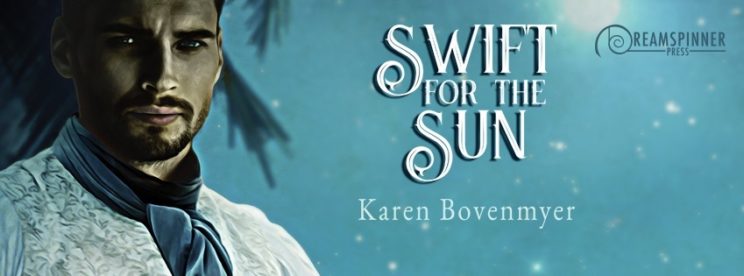
Karen’s Writing Process: Quick Tricks for Crafting Compelling Characters.
As a discovery writer and extrovert, character is at the heart of my creative process. I stop writing a story and start over if I don’t care enough about them or what happens to them. I have to be compelled by the point of view and their problem/desire from the first sentence to spend time and effort on telling their story to myself—I am my first audience. Furthermore, if I don’t understand the characters well enough, I can’t write about their choices in interesting and realistic ways. Here are some of the tips and tricks I’ve learned from books, classes, teachers and pros that help me get going with a compelling character right away.
Different Points of View
The first thing I do when I’m drafting anything, from a 300 word micro-fiction to something that will be an 80-100,000 word novel, is freewrite using different points of view: third, first, and second. I think it’s from my years as a roleplaying gamer—I need to hear the character’s voice to understand how to “play” them for so many paragraphs and pages. I’ll start with a few sentences, and if they aren’t sparking my curiosity or emerging with a natural voice, I chuck them and start over. Here are several first-line rejects from a piece of scifi microfiction I drafted yesterday:
- “When Tiania grunted her baby onto the sands, he had black fur and all ten fingers and toes.”
- No. Doesn’t strike the tone I want or imply the setting I want or… well, do anything I want. I feel very distant. Yuck.
- I next write a list of things about this story and have a short, written conversation with myself about the ideas and what interests me about them. I discard several and refine to what I felt the heart of the story is, then I try again in first person, hoping it will get me closer to the character.
- “I can almost sense her prowling just beyond the edge of the firelight.”
- No. The character is not present in their situation and, while it’s got some tension, it’s boring me. Discard.
- Next, more freewriting asking myself what story I’m trying to tell and what is interesting me about it.
- “I remember the fight that broke our bond with each other, with the goddess.”
- No. I’m starting too deep—no one cares about bonds or goddesses yet. I need a physical creature with feelings to connect to. Start over.
- “My metal forepaw has always clanked.”
- Yes. Now I’m getting closer. I can hear her voice and I’m curious about what kind of creature she is and why she has some metal parts and why they clank and annoy her. I write a full paragraph from her point of view and understand I’m almost there, then I realize I want more psychic distance because she’s not human. I switch to third person and write a new first sentence.
- “Beta trots through the sand, sliding on unfamiliar metal paws, her human keeping pace beside her with the shush shush of moon shoes skimming the tops of the shifting surface.”
- Bingo. This is the story I want to write. I’ve got a character with a problem (the metal parts are unnatural and annoying, and there is an unspoken obligatory relationship between her and the human she’s with) and I want to know all about her.
Five Things I Know About You
The above works great for short fiction. I wrote six more versions of Beta’s story before I was happy. I’ll probably give it another two editing passes before I submit it next week, just to make sure I am hitting all the emotional points I want to hit and that I still feel confident about it. It satisfies me, and that’s what’s important. However, I need a lot more than a character in a solid setting with a clear desire and conflict to write 100,000 words about them. When I’m working up characters for a novel, I do something much more in depth—I write five things I know about them, each one a tiny story. Here are the ones I worked up for SWIFT FOR THE SUN seven years ago:
Benjamin “Swift” Lector
- Somehow, things always go wrong for Benjamin, no matter what he tries.
- Benjamin was raised to be religious, but now he questions his faith.
- Benjamin does not know he is gay, though he suspects.
- Benjamin always wanted to grow up to be a sailor.
- Benjamin has made some new Portuguese friends.
Solmundur “Sun” Thorvaldson
- Soli has no moral problem killing people.
- Soli is free for the first time in his life.
- Soli wanted to grow up to be a dancer.
- Soli has been abused in every way by Martio.
- Soli is alone for the first time and is finally lonely.
Each of these are explored in the 80,000 words of SWIFT FOR THE SUN except for Sun’s aspiration to be a dancer. It didn’t fit, so I chucked it. After I have my list of five, I expand around those—what happened to the character at distinct points in their past, and how did they react to those events? Once I have a solid understanding of their past, I can predict how they will react in future.
What Power Lies Coiled Within?
Finally, I write a seven-point outline, somewhat like those used by scriptwriters. It is very loose (a sentence or two each) and has these prompts:
- Hook: What is interesting about this character’s situation?
- Plot point one: What is revealed about this character?
- Pinch one: What do the antagonists do as a first strike?
- Midpoint: How does the character commit to action against the antagonist and start to pass from beginning state to end state?
- Pinch two: How have the circumstances and antagonists removed all the character’s supports?
- Plot point two: What character inner strength and solution is revealed?
- Resolution: How does the character’s situation resolve based on that inner strength?
I’ve used this same seven-point outline for everything from poetry to a novel. It helps me define the dramatic arc and how that arc fits the characters as well as giving me a guide to work toward as I write. Often, an interesting/unique idea will occur to me as I write and I just go with it, returning to the outline later to re-write it, incorporating the new idea.
Again, character is at the heart of each of these, even though the last tip is a plot outline. If you’re having trouble coming up with anything that interests you, try on some character voices, do some free-writing, make up some lists, ask yourself what past events happened and how your character reacted, and then draft a character-centric seven-point outline. Hopefully this will help you get unstuck and create a compelling character that moves you, for however many words the story wants to be.
Swift for the Sun
By Karen Bovenmyer
Blurb:
Benjamin Lector imagines himself a smuggler, a gun runner, and an all-around scoundrel. A preacher’s son turned criminal, first and foremost, he is a survivor.
When Benjamin is shipwrecked on Dread Island, fortune sends an unlikely savior—a blond savage who is everything Benjamin didn’t know he needed. Falling in love with Sun is easy. But pirates have come looking for the remains of Benjamin’s cargo, and they find their former slave, Sun, instead.
Held captive by the pirates, Benjamin learns the depths of Sun’s past and the horrors he endured and was forced to perpetrate. Together, they must not only escape, but prevent a shipment of weapons from making its way to rebellious colonists. Benjamin is determined to save the man he loves and ensure that a peaceful future together is never threatened again. To succeed might require the unthinkable—an altruistic sacrifice.
Karen Bovenmyer earned a B.S. in anthropology, English, and history; an M.A. in literature; and an M.F.A. in creative writing—popular fiction. Fans of historical romance, Tarzan, Master and Commander, and Pirates of the Caribbean will enjoy this funny, romantic action-adventure.
Book/Author Data:
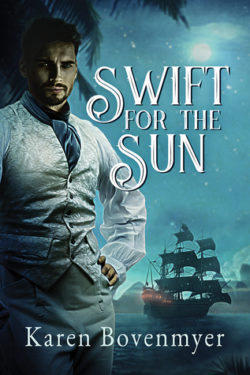 Title: Swift for the Sun
Title: Swift for the Sun
Author: Karen Bovenmyer
Publisher: Dreamspinner Press
Release Date: Mar 27, 2017
80k words
Pages: 230
Cover artist: Anna Sikorska
ISBN-13 978-1-63477-764-3
Pre order link: https://www.dreamspinnerpress.com/books/swift-for-the-sun-by-karen-m-bovenmyer-8309-b
Buy Links: Dreamspinner Press ebook | Dreamspinner Press paperback
Social Media Links:
https://www.linkedin.com/in/karenbovenmyer
https://www.facebook.com/karen.bovenmyer
https://twitter.com/karenbovenmyer
Author Short Bio:
Karen Bovenmyer earned an MFA in Creative Writing: Popular Fiction from the University of Southern Maine. She teaches and mentors students at Iowa State University and serves as the Nonfiction Assistant Editor of Escape Artists’ Mothership Zeta Magazine. She is the 2016 recipient of the Horror Writers Association Mary Wollstonecraft Shelley Scholarship. Her poems, short stories and novellas appear in more than 40 publications and her first novel, SWIFT FOR THE SUN, an LGBT romantic adventure in 1820s Caribbean, will be available from Dreamspinner Press on March 27, 2017. http://karenbovenmyer.com/

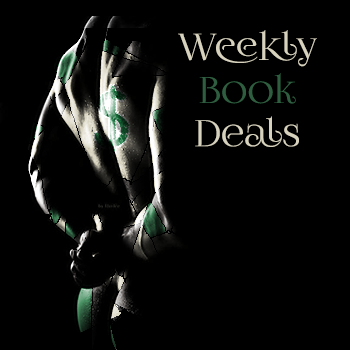
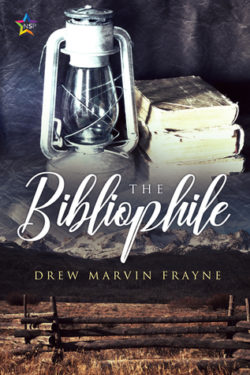

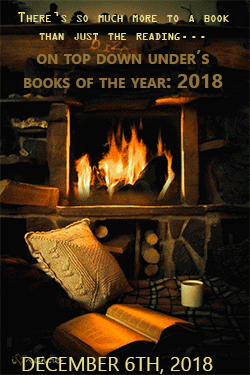
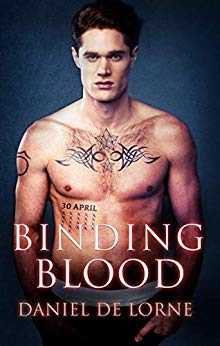
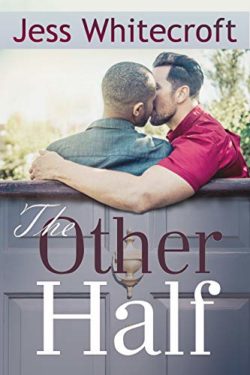
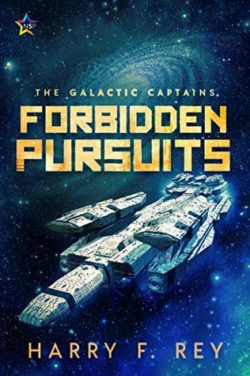
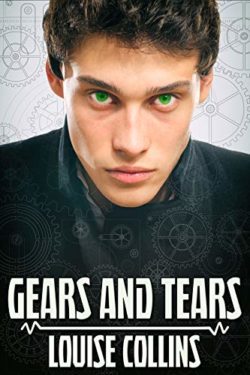
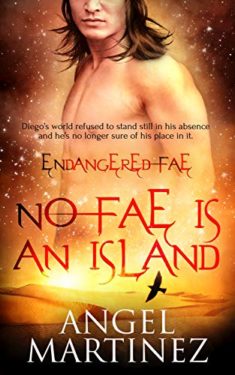
Leave a Reply